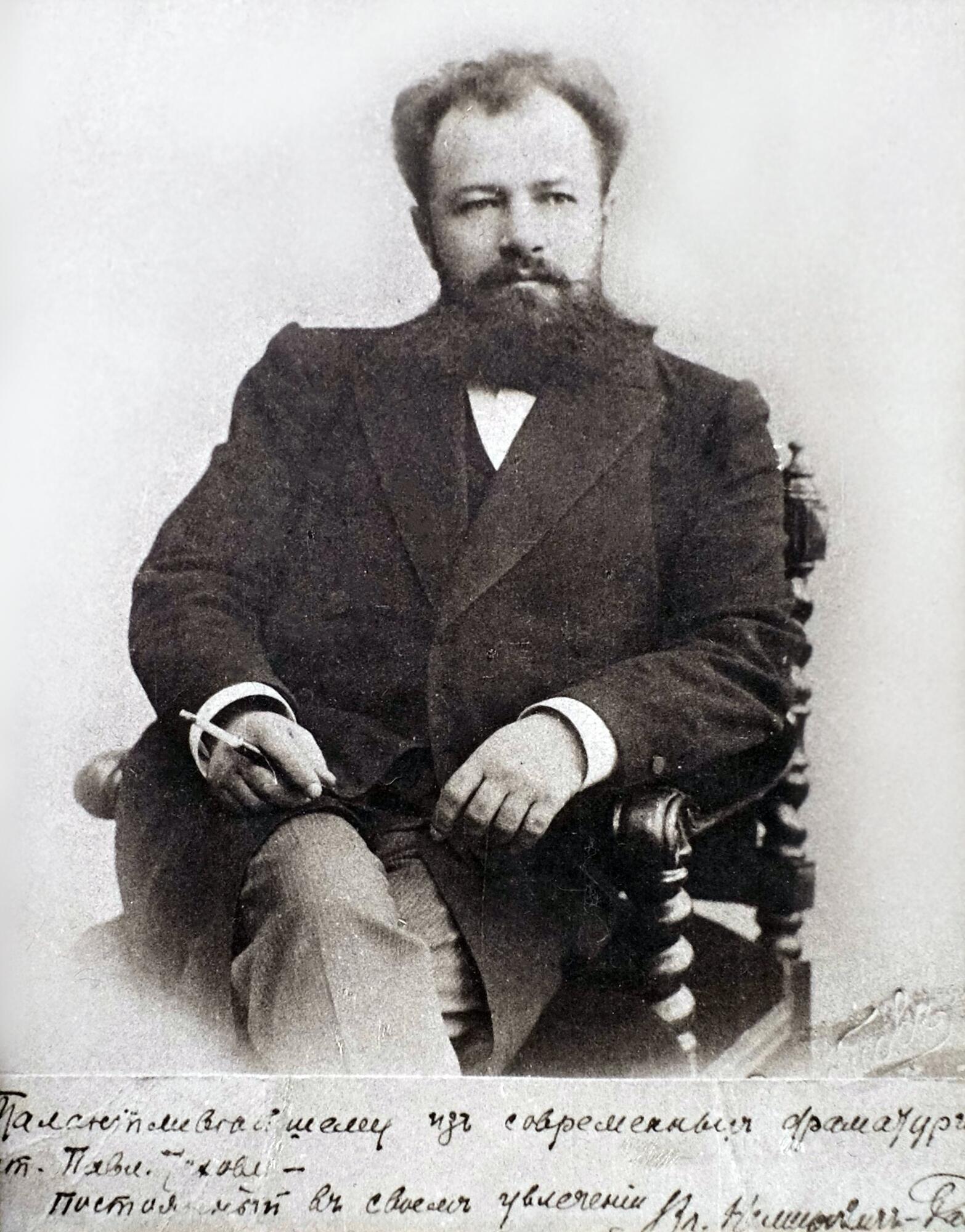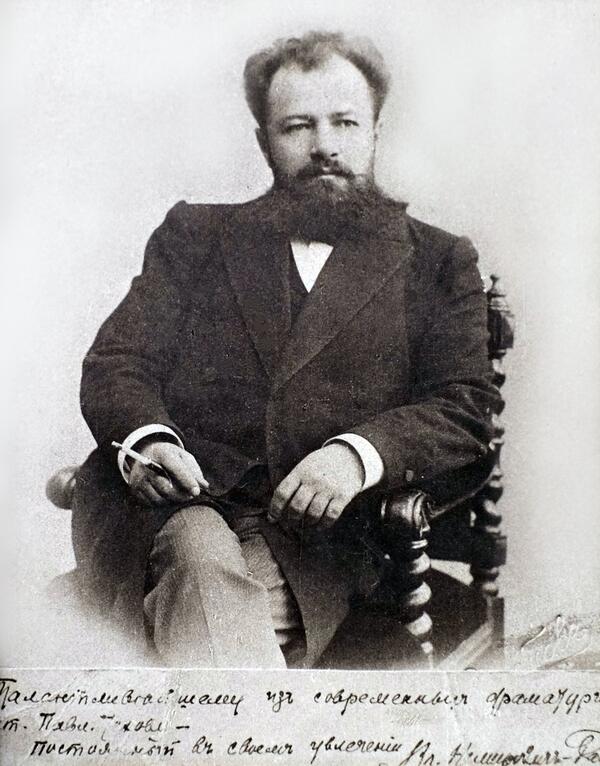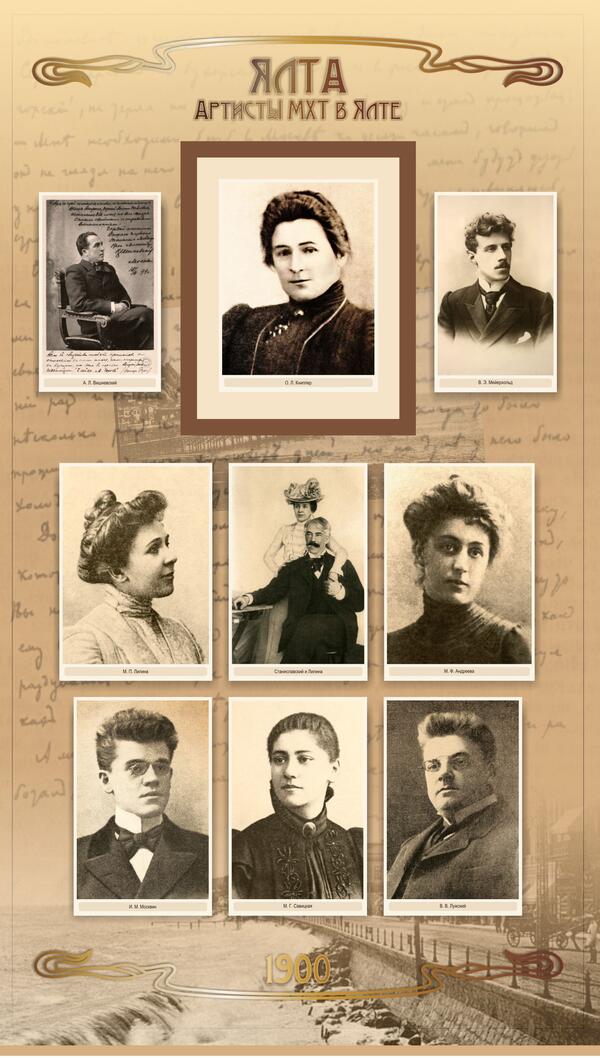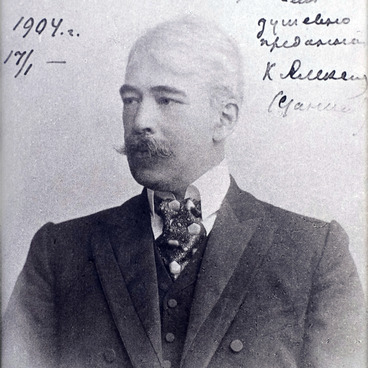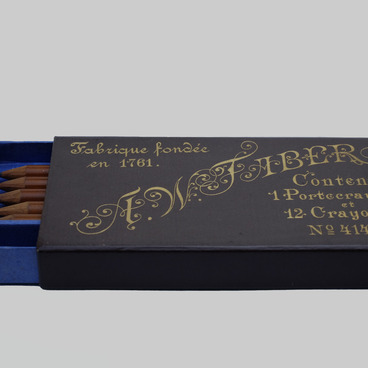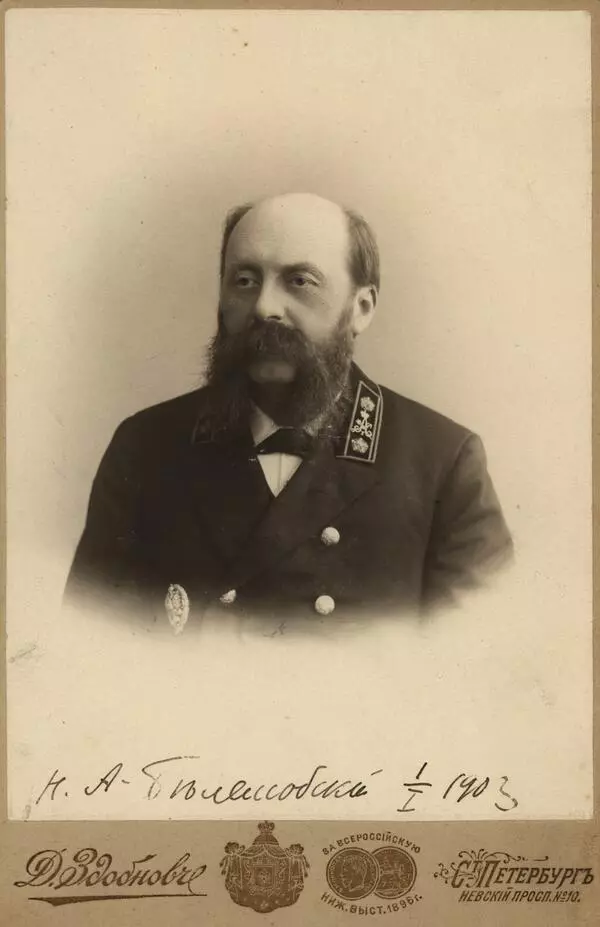Vladimir Ivanovich Nemirovich-Danchenko (1858-1943) was a writer, playwright, director, actor, teacher, one of the founders of the Moscow Art Theater, since 1936 - People’s Artist of the USSR. Vladimir Ivanovich met Chekhov back in the mid-1880s, when both worked in the “Budilnik” (“Alarm Clock”) magazine. Chekhov brought his stories to “Budilnik”, Nemirovich-Danchenko was published in the magazine as a theater critic, and so their friendship has begun. They were not just peers, they were like-minded people in literature. Nemirovich-Danchenko very closely followed the literary work of Chekhov, considered him the best among modern authors, and said so to Anton Pavlovich. They met not only in Moscow, but also in Melikhovo and in Yalta.
In addition to literature, they had another common hobby - theater. Nemirovich-Danchenko wrote his first play for the theater in 1881. It was the play “Rosehip”, staged at the Maly Theater. Then there were several more of his works, which were staged at the Alexandrinsky Theater in St. Petersburg and Maly Theater in Moscow, as well as in provincial theaters. The plays were successful, but as a theater critic Vladimir Ivanovich realized that the time had come for changes in the theater. To renovate the theater, new drama, new direction, a new approach to understanding theatrical performances were needed. First, new authors were needed. The acquaintance of Nemirovich-Danchenko and Stanislavsky led to the birth of a new theater, the Moscow Art Theater. Both founding fathers saw the development of the future theater in close cooperation with Chekhov. It was Chekhov who had the necessary “new understanding of things” based on a “new reflection of life.”
Despite the failure of еру Chekhov’s ‘Seagull’ in St. Petersburg in 1896, Nemirovich-Danchenko literally persuaded the author to give this play for staging to the newly born Moscow Art Theater. The premiere of ‘The Seagull’ at the Moscow Art Theater in December 1898 was a triumph and opened a new era in theatrical life around the world. Chekhov himself wrote that he was counting his blessings for finding ‘such a wonderful island’ as the Moscow Art Theater in middle of the sea of life
The space above the showcase and adjacent stands are filled with photographs of actors and actresses from the Moscow Art Theater.
In addition to literature, they had another common hobby - theater. Nemirovich-Danchenko wrote his first play for the theater in 1881. It was the play “Rosehip”, staged at the Maly Theater. Then there were several more of his works, which were staged at the Alexandrinsky Theater in St. Petersburg and Maly Theater in Moscow, as well as in provincial theaters. The plays were successful, but as a theater critic Vladimir Ivanovich realized that the time had come for changes in the theater. To renovate the theater, new drama, new direction, a new approach to understanding theatrical performances were needed. First, new authors were needed. The acquaintance of Nemirovich-Danchenko and Stanislavsky led to the birth of a new theater, the Moscow Art Theater. Both founding fathers saw the development of the future theater in close cooperation with Chekhov. It was Chekhov who had the necessary “new understanding of things” based on a “new reflection of life.”
Despite the failure of еру Chekhov’s ‘Seagull’ in St. Petersburg in 1896, Nemirovich-Danchenko literally persuaded the author to give this play for staging to the newly born Moscow Art Theater. The premiere of ‘The Seagull’ at the Moscow Art Theater in December 1898 was a triumph and opened a new era in theatrical life around the world. Chekhov himself wrote that he was counting his blessings for finding ‘such a wonderful island’ as the Moscow Art Theater in middle of the sea of life
The space above the showcase and adjacent stands are filled with photographs of actors and actresses from the Moscow Art Theater.
